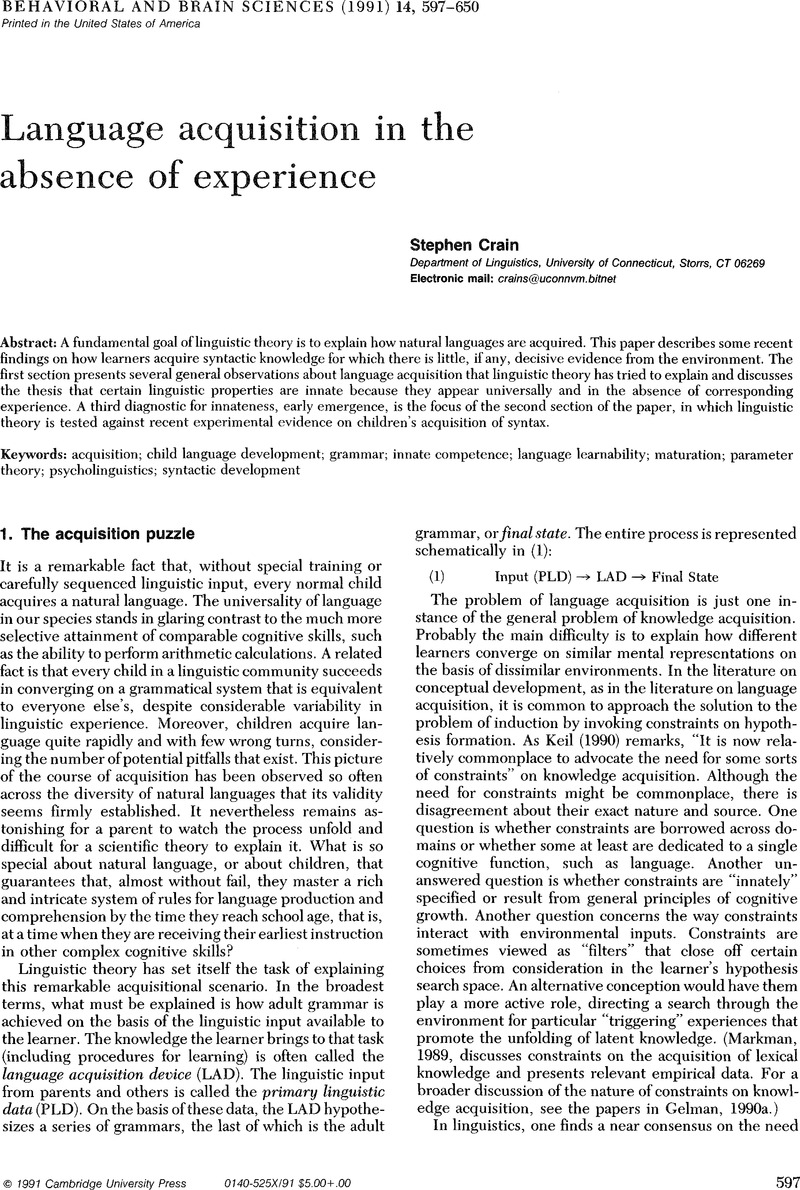Crossref Citations
This article has been cited by the following publications. This list is generated based on data provided by Crossref.
Schoneberger, Ted
2005.
A Philosopher’s War on Poverty of the Stimulus Arguments: A Review of Fiona Cowie’s What’s Within? Nativism Reconsidered.
The Analysis of Verbal Behavior,
Vol. 21,
Issue. 1,
p.
191.



